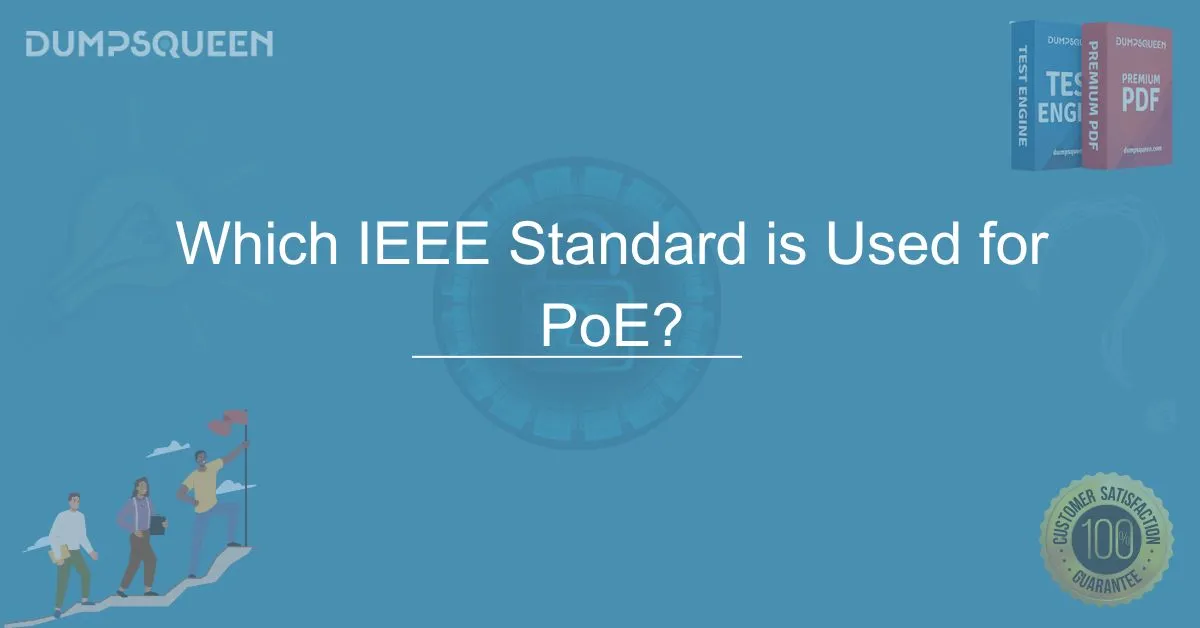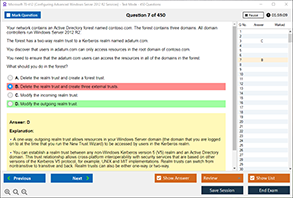Introduction
Power over Ethernet (PoE) is a technology that has revolutionized the way devices are powered and connected in networked environments. With the ability to deliver both data and electrical power over a single Ethernet cable, PoE has simplified the infrastructure setup, especially for devices such as IP cameras, wireless access points, and VoIP phones. As PoE continues to grow in importance, understanding the relevant IEEE standards is crucial to ensuring that the technology is implemented correctly and efficiently.
The Institute of Electrical and Electronics Engineers (IEEE) is the global organization responsible for developing standards for the telecommunications, information technology, and power industries. PoE is no different, and the IEEE has established a specific standard to govern how power is transmitted over Ethernet cables. In this article, we will explore the IEEE standard that is used for PoE, its evolution, and how it impacts various devices and networks.
What is Power over Ethernet (PoE)?
Power over Ethernet (PoE) is a system that allows Ethernet cables to carry electrical power, alongside data, to remote devices. The technology eliminates the need for additional power cables or outlets, making it easier to deploy devices in areas where power sources are limited or non-existent.
PoE enables devices such as:
- IP Cameras: These devices can be installed in various locations without the need for separate power outlets, which is particularly beneficial for surveillance setups.
- Wireless Access Points (WAPs): PoE allows for easy installation of WAPs in hard-to-reach places like ceilings or outdoor areas.
- VoIP Phones: These phones can be powered over Ethernet cables, reducing the need for additional power adapters.
- LED Lighting Systems: Smart lighting systems can be powered through Ethernet, offering both control and power from a single cable.
IEEE Standards for PoE
The IEEE has published several standards over the years to define how PoE technology operates. The key standard that governs Power over Ethernet is IEEE 802.3af, which was later updated by the IEEE 802.3at standard, and more recently by the IEEE 802.3bt standard. Below is a breakdown of these standards and their significance.
IEEE 802.3af (PoE)
The IEEE 802.3af standard, also known as PoE, was first ratified in 2003. This standard allowed Ethernet cables to provide up to 15.4 watts of power over Cat5 or higher Ethernet cables. This was sufficient to power many network devices, such as IP phones, wireless access points, and small cameras. However, as the demand for more powerful devices grew, the original PoE standard was eventually updated.
IEEE 802.3at (PoE+)
In 2009, the IEEE 802.3at standard, commonly referred to as PoE+, was introduced. PoE+ extended the capabilities of the original PoE standard by increasing the maximum power output to 25.5 watts. This update made it possible to power more demanding devices, such as larger IP cameras, video conferencing equipment, and more powerful wireless access points. The 802.3at standard is backward compatible with the original PoE standard, allowing devices that require less power to continue functioning with older equipment.
IEEE 802.3bt (PoE++ or 4PPoE)
The latest and most powerful standard for PoE is IEEE 802.3bt, commonly referred to as PoE++ or 4PPoE (Four-Pair Power over Ethernet). Ratified in 2018, this standard increases the maximum power output to 60 watts for Type 3 and 100 watts for Type 4 devices, utilizing all four pairs of wires in an Ethernet cable. PoE++ is designed to support even more power-hungry devices such as digital signage, LED lighting systems, and high-performance cameras.
Key Features of IEEE PoE Standards
- Power Delivery: The primary purpose of PoE is to deliver electrical power through Ethernet cables. The different standards (af, at, bt) define the amount of power that can be transmitted, with PoE+ and PoE++ offering more power for larger devices.
- Compatibility: All PoE standards are backward compatible. Devices that require less power can work with older PoE equipment, ensuring that you don't need to replace your infrastructure each time a new standard is introduced.
- Data and Power Over One Cable: PoE eliminates the need for separate data and power cables, simplifying installation and reducing clutter. It allows for centralized power management and reduces the cost of installing additional power lines.
- Safety and Efficiency: PoE systems incorporate built-in safety features to prevent overloading or short-circuiting of devices. Furthermore, PoE is designed to operate efficiently, providing power only when required, which improves overall energy consumption.
Use Cases for IEEE PoE Standards
- Enterprise Networking: PoE allows businesses to easily deploy network devices without the hassle of installing separate power lines. Wireless access points, IP phones, and security cameras can all be powered via Ethernet.
- Smart Building Technology: In smart buildings, PoE is used to power IoT (Internet of Things) devices, such as sensors, lighting systems, and security systems. This helps create an integrated network where power and data flow seamlessly through one cable.
- Outdoor Installations: PoE allows for outdoor installations where power sources may not be readily available. Outdoor IP cameras and environmental sensors benefit greatly from PoE, as they only require a single Ethernet cable for both data and power.
Benefits of Using PoE
- Cost Savings: By eliminating the need for separate power outlets and wiring, PoE reduces installation costs. This is particularly beneficial in situations where providing power to devices would otherwise be expensive or impractical.
- Simplicity and Flexibility: PoE reduces clutter and simplifies device installation. It is also more flexible, as devices can be placed in locations where it would be difficult to install traditional power sources.
- Centralized Power Management: PoE enables centralized power management, which can be helpful for troubleshooting, monitoring, and managing devices remotely.
- Scalability: As networks grow, adding new PoE-powered devices becomes easier. There is no need to install additional power lines, and devices can be quickly connected to existing Ethernet infrastructure.
Conclusion
Power over Ethernet (PoE) is a transformative technology that enables devices to be powered and connected over a single Ethernet cable. The IEEE has played a key role in defining the standards for PoE, with IEEE 802.3af, IEEE 802.3at, and IEEE 802.3bt setting the groundwork for PoE's widespread adoption across various industries. Whether it is for powering wireless access points, IP cameras, or other networked devices, PoE simplifies installation and reduces costs while offering scalability and flexibility for businesses. Understanding these IEEE standards and choosing the appropriate one for your network requirements is essential to maximizing the benefits of PoE.
Free Sample Questions
Which IEEE standard is used for Power over Ethernet (PoE)?
a) IEEE 802.3af
b) IEEE 802.3at
c) IEEE 802.3bt
d) All of the above
Answer: d) All of the above
What is the maximum power output provided by IEEE 802.3at (PoE+)?
a) 15.4 watts
b) 25.5 watts
c) 60 watts
d) 100 watts
Answer: b) 25.5 watts
Which of the following devices can benefit from PoE technology?
a) IP Phones
b) Wireless Access Points
c) IP Cameras
d) All of the above
Answer: d) All of the above
What is the main advantage of using Power over Ethernet (PoE)?
a) It eliminates the need for power cables
b) It increases the speed of data transfer
c) It allows devices to be powered without requiring Ethernet cables
d) It reduces the need for security cameras
Answer: a) It eliminates the need for power cables



